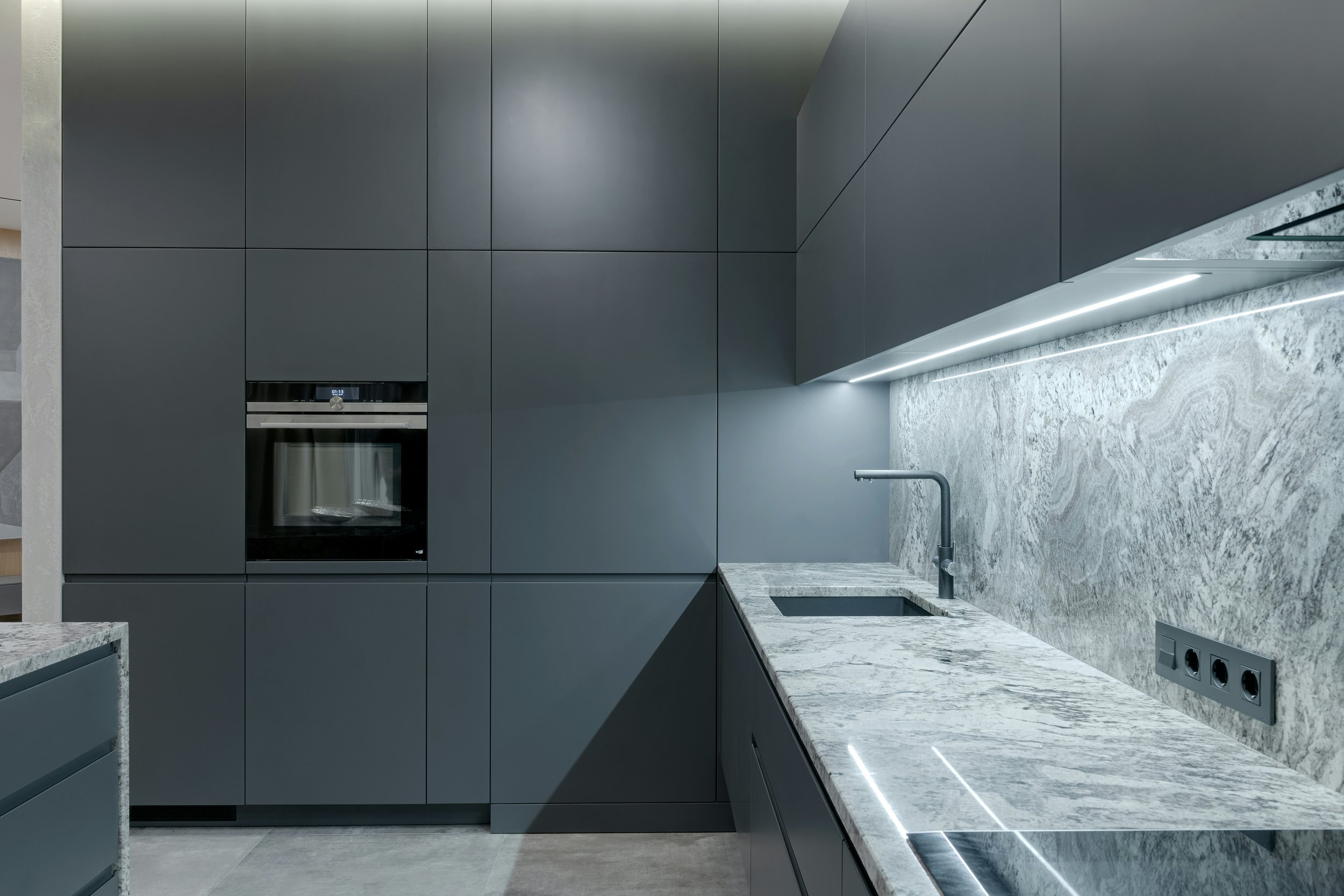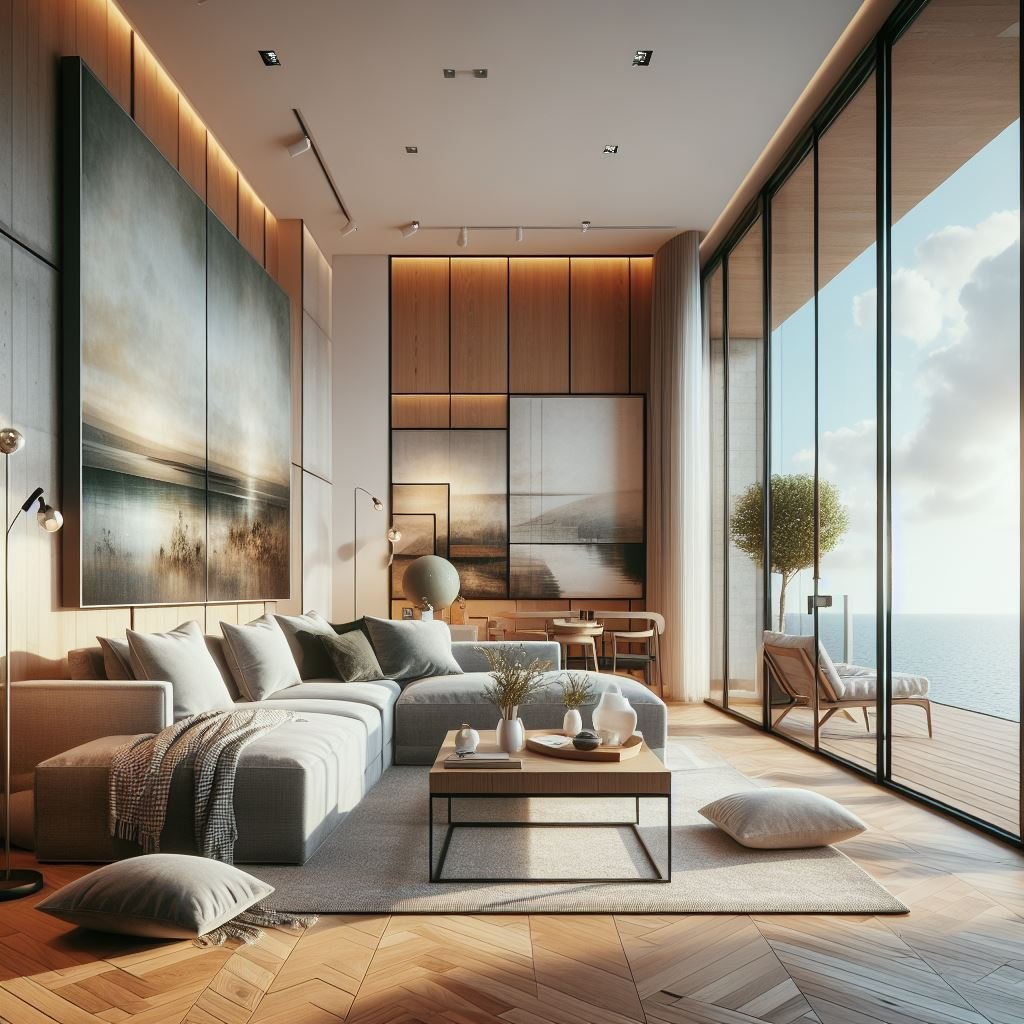Glass Grid Wall: Combining Structure With Transparency
Blend structure and style with a glass grid wall—an elegant way to create light-filled, modern spaces without sacrificing separation or design.
In contemporary architecture and interior design, few elements strike the balance between boldness and openness as well as a grid glass partition. These striking installations combine clean lines, industrial character, and visual lightness to create spatial division without closing off the environment. Whether in residential lofts, modern offices, or high-end retail spaces, glass grid walls deliver structure while preserving sightlines and natural light.
This article explores how glass grid walls are used, their architectural impact, material options, and why modular systems are becoming a favorite among designers and developers.
What Is a Glass Grid Wall and Where Is It Used?
A glass grid wall is a type of partition system that features glass panes divided by a visible grid of framing elements. These grids—typically made of aluminum or steel—form a geometric pattern, often inspired by classic industrial-style windows.
Glass grid walls are used to:
Divide rooms while maintaining visual connection
Add architectural texture to otherwise minimalist interiors
Support zoning without interrupting the flow of light
Create a blend of industrial and contemporary design aesthetics
You’ll commonly find them in:
Loft-style residences with open layouts and exposed structural elements
Creative offices where transparency and collaboration are key
Boutique retail stores that want visual openness without sacrificing layout control
Hospitality environments such as restaurants or hotel lobbies that need functional space division with a touch of sophistication
With their bold lines and refined transparency, these walls are as decorative as they are practical.
Architectural Impact of Grid Designs in Interiors
Grid systems make a strong visual statement. They give rhythm, symmetry, and order to a space, transforming otherwise blank divisions into graphic focal points.
Here’s how they shape architectural experiences:
Visual anchoring: The grid acts as a design anchor, framing views and creating continuity between zones.
Light manipulation: Grid patterns cast shadows and reflections that change throughout the day, adding dynamic interest.
Spatial perception: By framing the view, grid walls create a sense of depth and hierarchy in large open areas.
Contrast and texture: The combination of smooth glass and matte or metallic frames brings tactile contrast to interior surfaces.
Architects often use grid systems as both partitions and visual tools to lead the eye, organize space, and connect the built environment with its interior style language.
Glass Grid Walls in Loft, Office, and Retail Environments
One of the greatest advantages of glass grid walls is their versatility across different settings. They offer practical benefits and design flexibility regardless of the industry or function.
Lofts and Residential Spaces
In homes and apartments—particularly those with industrial or minimalist styles—glass grid walls are used to:
Separate bedrooms from living areas without losing light
Create enclosed home offices that feel open
Define entryways or dining areas within open plans
They echo warehouse-inspired aesthetics while adding elegance and light management.
Offices and Creative Workspaces
In the workplace, grid walls help to:
Define meeting rooms and focus zones
Encourage transparency and visual connection
Add branding or architectural identity to otherwise neutral interiors
They’re popular in design studios, agencies, and coworking spaces looking to merge functionality with a standout look.
Retail and Commercial Spaces
Retailers use grid partitions to:
Guide foot traffic through visual zoning
Display merchandise in an organized yet fluid environment
Separate fitting rooms or stock areas without closing off the floor
They create a curated, intentional shopping experience while maintaining openness and product visibility.
Material Options and Framing Systems for Grid Walls
Glass grid walls may appear uniform, but behind the aesthetic lies a variety of material and construction choices that impact performance, durability, and style.
Framing Systems
Aluminum: Lightweight, corrosion-resistant, and available in various finishes including matte black, brushed silver, and powder-coated custom colors.
Steel: Offers a heavier, more industrial look and greater structural rigidity. Ideal for very large panels or high-traffic environments.
Wood-clad or hybrid frames: Combine metal strength with natural texture—great for residential or hospitality use.
Glass Types
Clear tempered glass: Standard for visual clarity and safety.
Frosted or textured glass: Offers privacy while maintaining translucency.
Tinted or colored glass: Adds design accents and reduces glare or UV exposure.
Laminated acoustic glass: Ideal for offices or meeting spaces requiring sound control.
Many systems are available with integrated doors (swing or sliding), handles, seals, and optional features like integrated blinds or switchable privacy film.
Advantages of Modular Glass Grid Wall Systems
Modularity is a significant advantage in today’s ever-evolving spaces. Modular grid systems are designed for easy customization, installation, and future reconfiguration.
Benefits include:
Quick installation: Prefabricated components reduce on-site labor and minimize disruption.
Scalable design: Add or remove panels as space requirements change.
Custom sizing: Easily adjust panel size, grid density, and finish to match any architectural plan.
Lower long-term costs: Panels can be repurposed or relocated without needing full demolition or reconstruction.
Sustainability: Modular glass systems reduce waste and are often made with recyclable materials.
This flexibility makes modular grid partitions ideal for companies that need to evolve quickly—whether expanding, rebranding, or rethinking layouts to support hybrid work.
A well-designed grid glass partition combines industrial strength with refined transparency. It provides structure, character, and flexibility across residential, commercial, and retail interiors. With multiple framing and glass options, customizable layouts, and modular installation systems, glass grid walls continue to rise in popularity as a versatile architectural solution.











